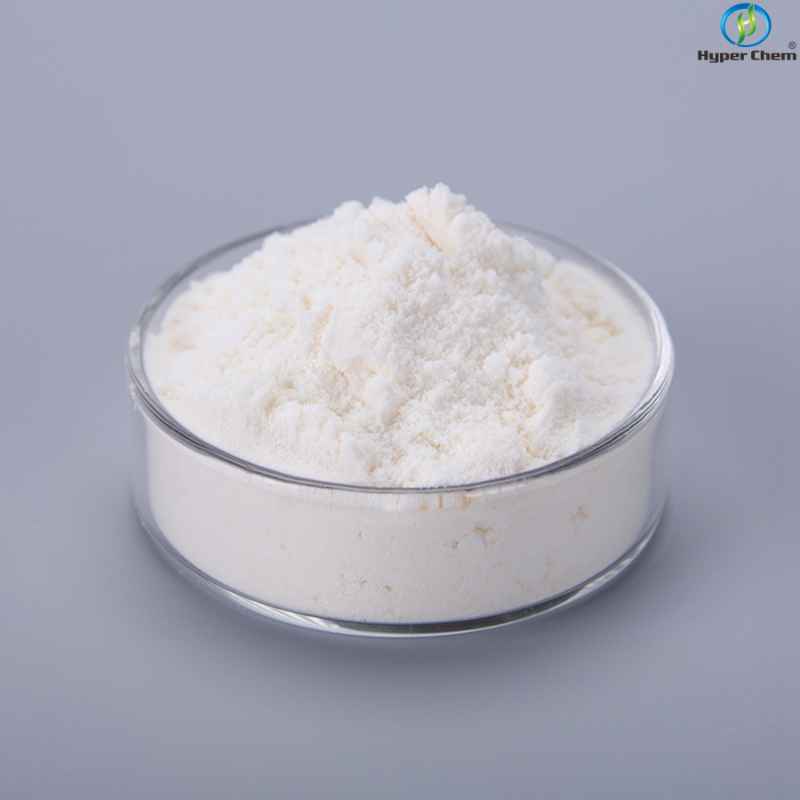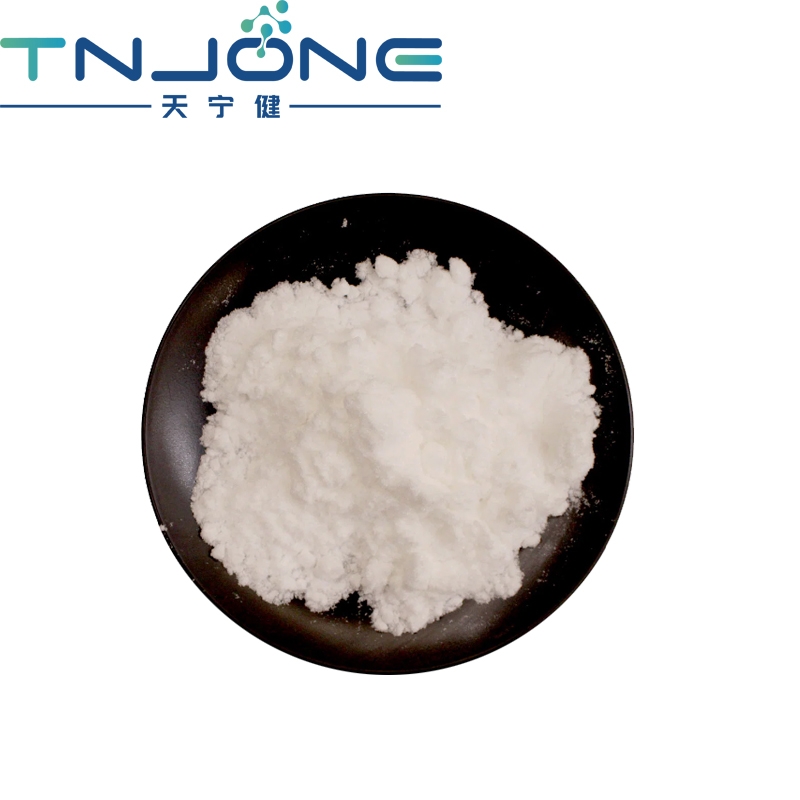-
Categories
-
Pharmaceutical Intermediates
-
Active Pharmaceutical Ingredients
-
Food Additives
- Industrial Coatings
- Agrochemicals
- Dyes and Pigments
- Surfactant
- Flavors and Fragrances
- Chemical Reagents
- Catalyst and Auxiliary
- Natural Products
- Inorganic Chemistry
-
Organic Chemistry
-
Biochemical Engineering
- Analytical Chemistry
-
Cosmetic Ingredient
- Water Treatment Chemical
-
Pharmaceutical Intermediates
Promotion
ECHEMI Mall
Wholesale
Weekly Price
Exhibition
News
-
Trade Service
Background and target peritina dialysis (PD) are associated with many adverse changes in body composition, including increased fat and muscle loss.
changes in body composition are related to long-term prognosms.
the purpose of this study is to analyze the effects of longitudinal changes in body composition on all-cause mortality in PD patients.
PD patients were tested for bio impedance testing (BIS) and grip force (HGS) at baseline and after 2 years.
131 of the 160 patients received repeated BIS and HGS tests.
loss of the Thin Tissue Index (LTI) and the increase in the Adipose Tissue Index (FTI) were defined as a 10% decrease in LTI and a 10% increase in FTI after 2 years.
then studied changes in body composition over a two-year 2-year err on all patients.
results showed that the prevalence of muscle reduction at baseline was 13.8%.
two years, increases in LTI loss and FTI were observed in patients 40 (30.5%) and 58 (44.3%), respectively.
baseline clinical factors do not predict changes in the vertical composition of the body, and there is a negative correlation between changes in LTI and FTI (r s -0.574, p slt;0.001).
after adjusting demographic and biomeological parameters, low LTI and low HGS at baseline are important predictive indicators of all-cause mortality, but not when cardiovascular factors are included in multi-factor analysis.
, however, ltI loss and FTI gain were independent risk factors for all-cause mortality after adjusting demographic, bio-chemical, and cardiovascular parameters.
in patients with PD, vertical changes in LTI and FTI were associated with all-cause mortality, with loss of lean tissue and increased adipose tissue significantly increasing mortality.







